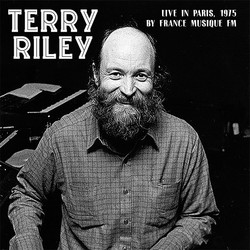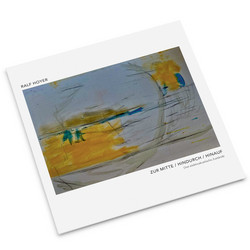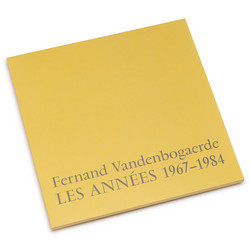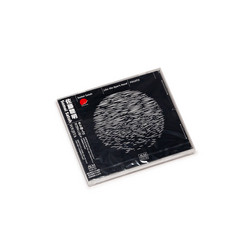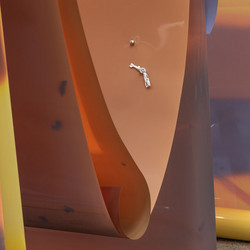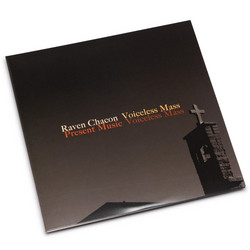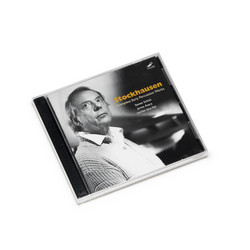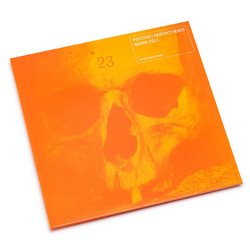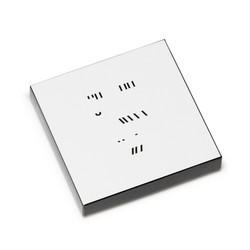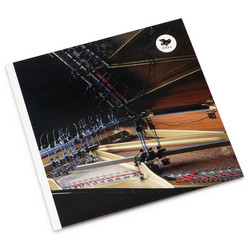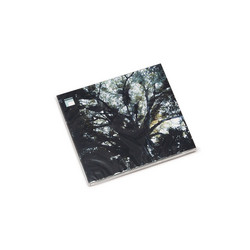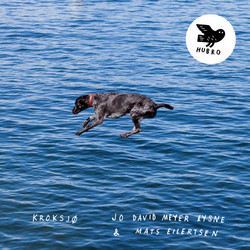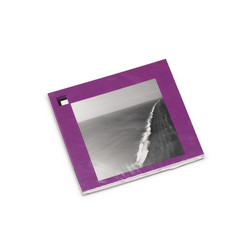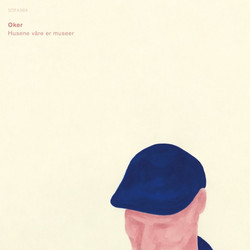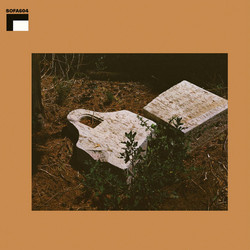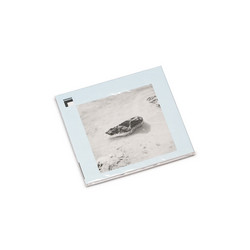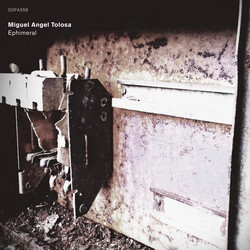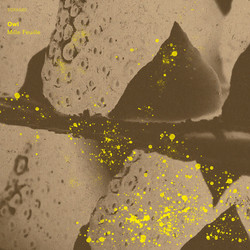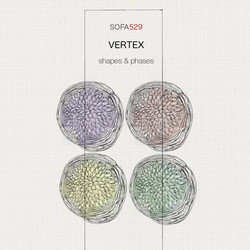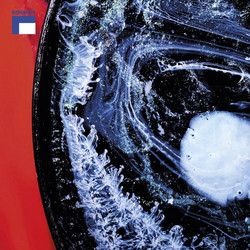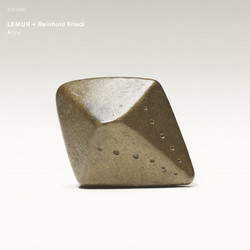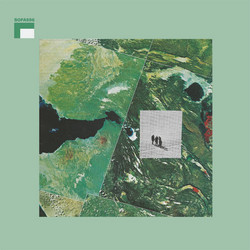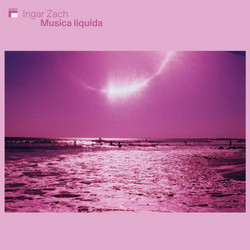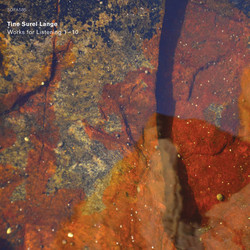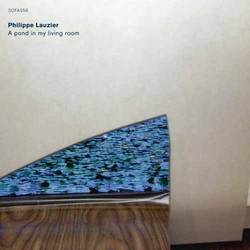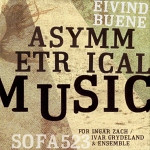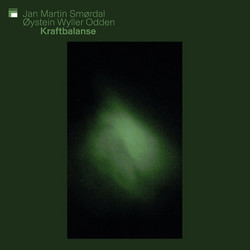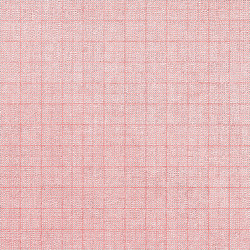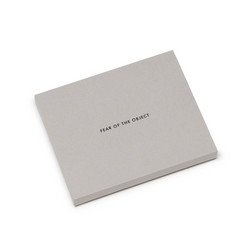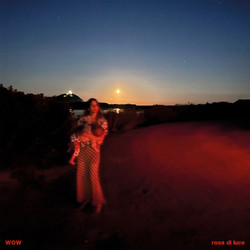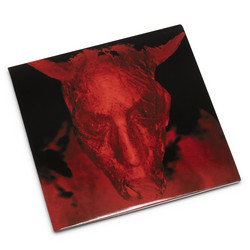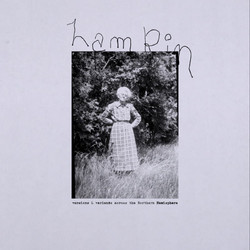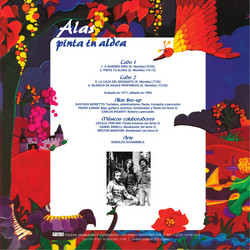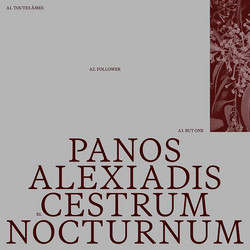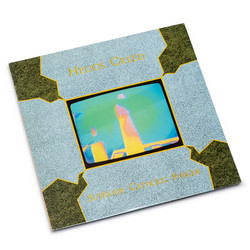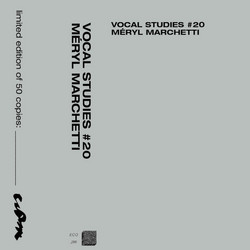Peder Simonsen, Jo David Meyer Lysne
Spektralmaskin (LP)
"Spektralmaskin, a collaborative album by the Norwegian musicians Jo David Meyer Lysne and Peder Simonsen, owes its name to a sort of prospecting: the process of sliding e-bows—small magnetic motors of adjustable speeds used to sustain sounds, here of Lysne’s own design—along guitar strings to produce harmonics. As these harmonics can occur erratically, the technique rewards the musician patient enough to scoot the e-bow about the string, waiting for the delicate sounds to crest.
The duo’s fascination with this technique, which pervades the album’s three tracks, dates to the beginning of 2020. At the time, Lysne was amidst a shift from jazz performance to composition, pursuing a burgeoning interest in space, timbre, and tuning, as well as building e-bows—the latter from repurposed magnetic hard drives—and novel instruments. Simonsen, a composer, producer, and member of the microtonal tuba trio Microtub, was meanwhile steeped in experiments involving just intonation. During a visit to Lysne’s studio, Simonsen proposed using Lysne’s e-bows to play guitars that had been harmonically tuned, resulting in striking possibilities for chords and timbres. (The word spektralmaskin, Norwegian for “spectral machine,” is Lysne and Simonsen’s attempt to encapsulate the e-bow as a machine trained on material that is “spectral," referring to harmonic spectrum.) An album felt imminent. The recording process began at Studio Paradiso, a rock-oriented studio in Oslo with a collection of vintage microphones, following stretches of minute technical adjustments to capture the space’s acoustic intricacies.
In the studio’s dim light—an apt induction into the album’s own hazy atmosphere—Simonsen and Lysne began recording improvisations on synthesizer and guitars, with Lysne using e-bows on different speed settings to hunt for guitar harmonics. Encircling these results are composed parts for French horn, contrabass, violin, bass clarinet, and tuba, performed and inspired by local colleagues: violinist Vilde Sandve Alnæs, bassist Inga Margrete Aas, saxophonist Espen Reinertsen, percussionist Ingar Zach, and hornist James Patterson, in addition to Simonsen and Lysne themselves.
For the duo, the album is as much a musical product as it is a capsule of how the duo felt while making it. Hundreds of overdubs, courtesy of Simonsen’s “vampiric” late-night production sessions, evoke Lysne and Simonsen’s experience of time, space, and flow during the recording process, for a sense that the room, with all its musical constituents, might unfold wherever the album is heard. Spektralmaskin is also, as Simonsen reflected, a document of the acute modes of listening—to the guitars, to other musicians, to the natural world far beyond the studio—that resulted from this harmonic hunt.
Each of Spektralmaskin’s three tracks features a different facet of Lysne’s e-bows. On “I," a relaxed glissando ease us into a series of vibrating chords. At the corners, snatches of activity: a pitch tunnels downwards, a harmonic pops. Steadily, the performances drift towards a victorious conclusion. It evokes a sense of unpacking, as Lysne put it, of the instruments readying themselves for play. A riff that the duo improvised—during which, as Simonsen recalls, both were “hoping that the other wouldn’t stop playing”—later materialized as “II.” From an initial pulse comes a distant, trumpeted whine, encased in fizzling guitar harmonics.
At the conclusion of II, the playing coalesces into the start of the final track, “III." A slow drizzle of pitches atop thrumming tones precludes a mechanical whir, after which comes a last push towards a warm finale. Beneath Spektralmaskin’s brimming exterior lies an enigmatic heart. Slight sounds and timbres poke periodically through the darker corners of our listening, for a feeling that the album might be concealing as much as it lets through. The room embraces us but retains its riddles." - Jennifer Gersten


